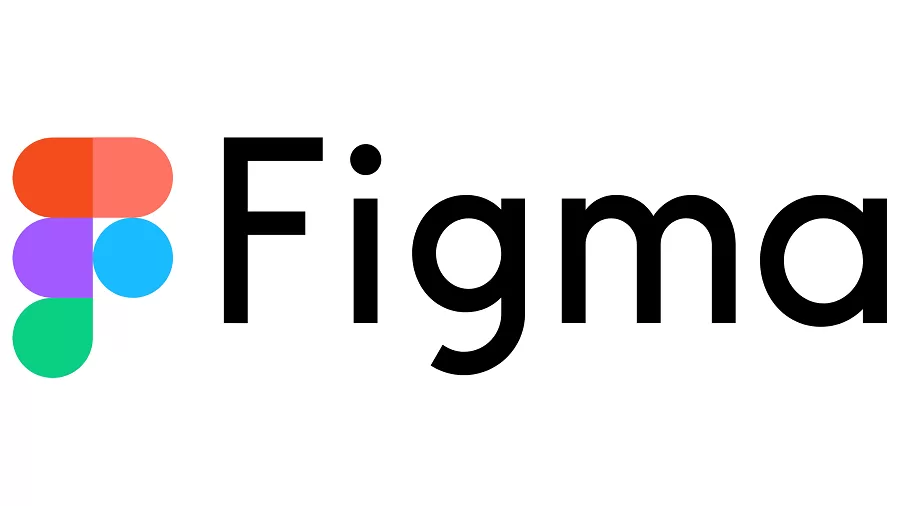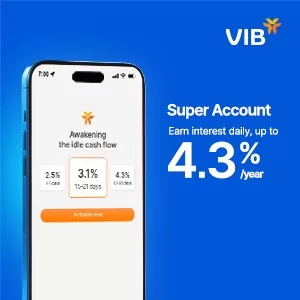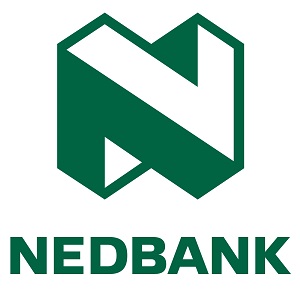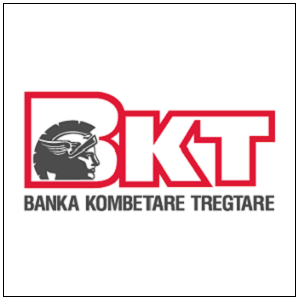Finance
Figma Goes Public: A Defining Moment for the Future of Design

- Figma filed for an IPO on July 1, reporting $595 million in 2023 revenue and a net loss of $52 million.
- With over 80% of Fortune 100 companies as users, its public debut will impact customers and reshape the digital design market.
Striving to alter the very essence of how teams design and collaborate on digital products, Figma has filed for an initial public offering. On July 1, 2025, in a quintessential case of world-class synchronicity, Figma filed its S-1 document with the U.S. Securities and Exchange Commission.
Established in 2012 by Field and Wallace, Figma is a web-based interface design tool that makes it possible for teams to bring their ideas to life through collaborative, real-time interactions. Unlike other design software that requires an alternative operating system to be installed on one’s computer, Figma runs inside a browser, thereby fostering accessibility and cross-department collaboration.
The company has remained relatively stable in the popular company category for the past decade. In 2023, according to the SEC filing, Figma had total revenues of $595 million while haemorrhaging a net loss of $52 million. This is quite a hike from 2022 revenues of $400 million and net losses of $46 million.
More than 80% of Fortune 100 companies use Figma. This includes tech firms, financial services, retail brands, and startups. The platform has become a core part of how digital teams work, especially after the global shift to remote collaboration during the COVID-19 pandemic.
A Look at Figma’s Market Impact
The surge of Figma is putting a dent in the stranglehold of seasoned incumbents in the design software space. Adobe attempted to acquire Figma in 2022 for $20 billion but was forced to back out due to regulatory concerns. While extending its last-minute and desperate liberation act against the imminent death of Adobe XD, it has been discontinued since 2023, with no active development, sale, or marketing promotion. Users are retained, but it is hardly an active market competition.
Others of note include Sketch, still popular amongst Mac users; Canva, which has graduated from mere basic design templates to collaborative workspaces; UXPin, focused on more advanced prototyping; and Penpot, an open-source one, which is catching on with developers and design teams.
The IPO of the company is not just a monumental event for itself but for the design industry as well. It reinforces the importance of collaboration in building great products and tells investors that they are ready to put their money behind tools that enhance workflows in the digital world.
What the IPO Means for Customers
Changes to pricing policies or roadmaps may be forthcoming for Figma, consequent to its decision to go public. There is pressure exerted on public companies to grow their revenues, so the timing for rolling out or monetising features might be adjusted, equating to that pressure.
Customers may want to pay attention to:
- Possible shifts in the pricing model or limits to the free tier.
- A stronger push towards enterprise solutions with more exclusive features.
- Increased investment in customer support and infrastructure.
Teams that rely on Figma should evaluate how these changes might affect their workflows and budgets over the next year.
What the IPO Means for Future Investors
Slow investor appetite for Figma IPO given fast revenue growth and deep enterprise retention in the past. But with mounting net losses and cutthroat competition, one ought to contemplate.
The scaling of profits, Figma’s product lead, and its very presence against gross competition from Canva and Sketch shall determine whether it makes it through publicly.
Competitive Pressure
Figma’s IPO will create heightened competitive pressure going into design platforms to improve their offering. Since Adobe XD is no longer actively developed, competitors such as Canva, Sketch, UXPin, and Penpot will likely be watched more closely, and their consumers may migrate.
Canva could then invest more heavily in features targeted toward professionals. Sketch may continue growing in the realm of plugins and integrations for the less mainstream market. Penpot may continue to see interest from users seeking open-source and privacy-respecting alternatives.
This could fragment the market further as teams combine tools according to budget constraints, feature requirements, and workflow compatibility.
Looking Ahead
Figma’s decision to go public marks a shift in how design tools are valued and used. As digital experiences become central to brand strategy, tools like Figma are no longer just for designers—they are part of core business infrastructure.
Global brands should monitor Figma’s next steps closely. Whether you are a startup or a multinational, design is how your customers experience your brand.
Verified Financial Overview
|
Year |
Revenue |
Net Loss |
|
2021 |
$188 million |
$37 million |
|
2022 |
$400 million |
$46 million |
|
2023 |
$595 million |
$52 million |
(Source: U.S. SEC Filing, July 1, 2025)
This development signals more than just a financial event—it reflects how digital-first tools continue to influence the broader global branding and business environment.




















































